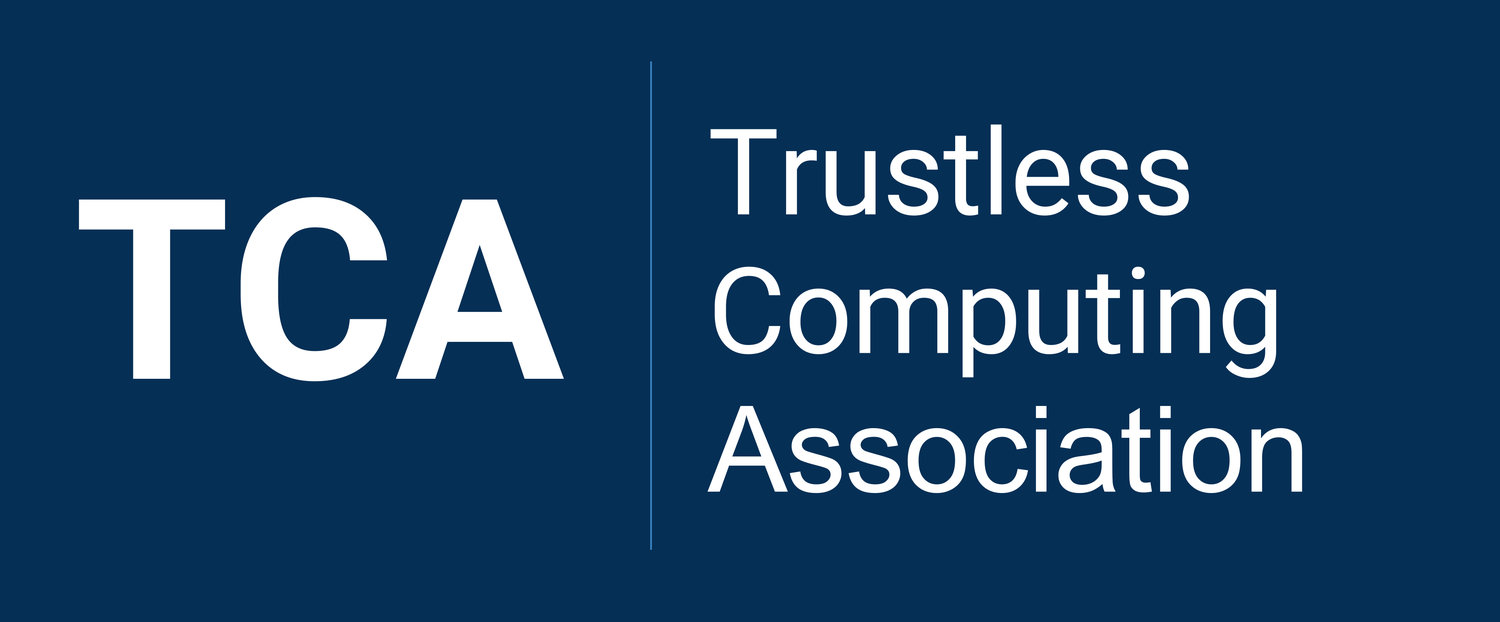Lessons of the U.S. Constitutional Convention for a democratic governance of AI
Our Harnessing AI Risk Initiative and its 1st Harnessing AI Risk Summit, this June 12-13th in Geneva, are aimed at catalyzing an open intergovernmental constituent assembly for AI and digital communications, inspired by the process that lead to the U.S. Constitutional Convention of 1787, as also suggested by Sam Altman last March.
Nine years after the U.S. Articles of Confederation were enacted in 1781, many U.S. states realized it was far from enough to safeguard both their economy and their security.
Hence, five of them met in the Annapolis Convention in 1786, and decided to design and convene a U.S. Constitutional Convention for 1787, to build a true federation.
There, state delegations agreed by simple majority on a U.S. Constitution bound to come into force if 9 out of 13 states legislatures approved it. In hindsight, it was an astounding success, except only 1 out of 8 adults had voting rights.
A similar process, and for the same reasons, can and should be replicated at the global level for AI - an history-defining technology with immense implication for economy and security.
We hope our 1st Harnessing AI Risk Summit, or its 2nd edition, could have the same role for global governance of AI that Annapolis Convention had for the federal democratic government of the United States.
Once we succeed in gathering 5-7 globally diverse states, as we are close to, it will be relatively easy through them to attract dozens more to have a successful "global Annapolis Convention for AI".
